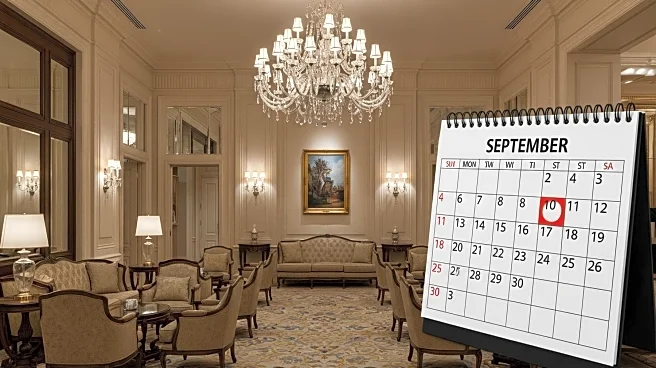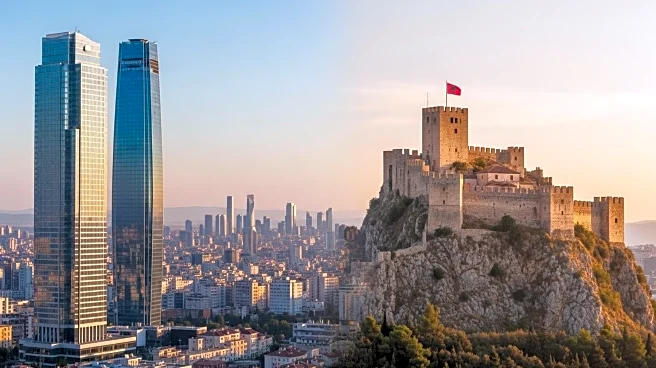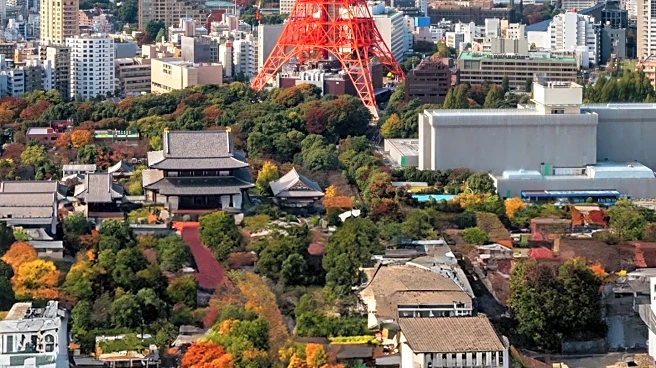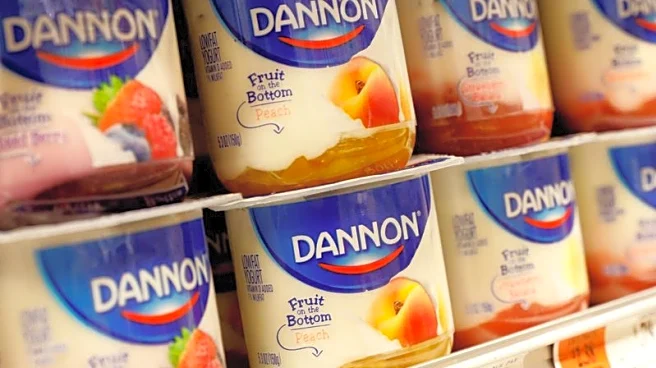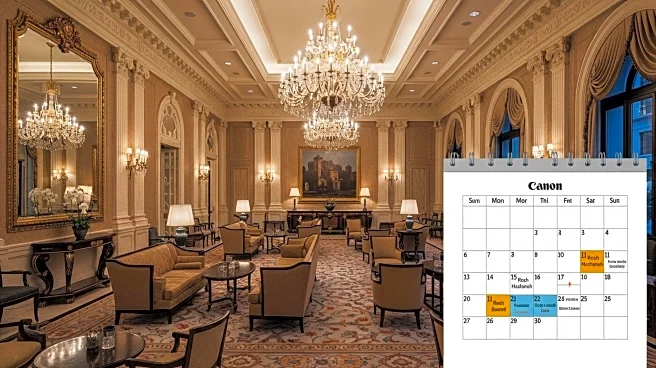What's Happening?
Manhattan hotels have demonstrated robust performance in the first half of 2025, with a notable increase in revenue per available room (RevPAR) by 7.2% year-over-year during the second quarter. This growth is largely driven by average daily rate (ADR) increases, which rose by 5.4% in the first quarter and 6.1% in the second quarter. Occupancy rates averaged 82.3%, with ADR reaching $310.51, resulting in a RevPAR of $255.51. Luxury properties led the market with a 10.1% increase in RevPAR, significantly outperforming upper midscale through upper upscale properties. Midtown East recorded the largest RevPAR increase at 10.6%, while Lower Manhattan saw the lowest gain at 6.2%. Full-service hotels outpaced limited-service properties, and chain-affiliated hotels continued to outperform independent hotels.
Why It's Important?
The strong performance of Manhattan hotels is significant as it highlights the resilience of the hospitality industry amid macroeconomic challenges such as inflation and decelerating travel into New York. The rate-driven growth suggests that hotels are successfully leveraging pricing power to mitigate margin pressures. Luxury and chain-affiliated properties, which are more insulated from inflationary pressures, are leading the market, indicating a shift in consumer preferences towards higher-end accommodations. This trend could influence investment strategies and operational focus within the hospitality sector, potentially benefiting stakeholders who are aligned with these market dynamics.
What's Next?
Looking ahead, the sustainability of this growth momentum will depend on broader economic and geopolitical developments. International tourism headwinds pose challenges, but rising business travel demand offers potential for continued growth. Stakeholders in the hospitality industry may need to adapt their strategies to navigate these uncertainties, focusing on enhancing service offerings and maintaining competitive pricing to attract both domestic and international travelers.
Beyond the Headlines
The bifurcation in performance between luxury and midscale properties reflects broader economic trends where higher-income consumers are less affected by inflationary pressures. This could lead to long-term shifts in the hospitality industry, with increased investment in luxury accommodations and services. Additionally, the strong performance of chain-affiliated hotels suggests a growing preference for brand reliability and consistency among travelers, which could influence future hotel development and marketing strategies.



